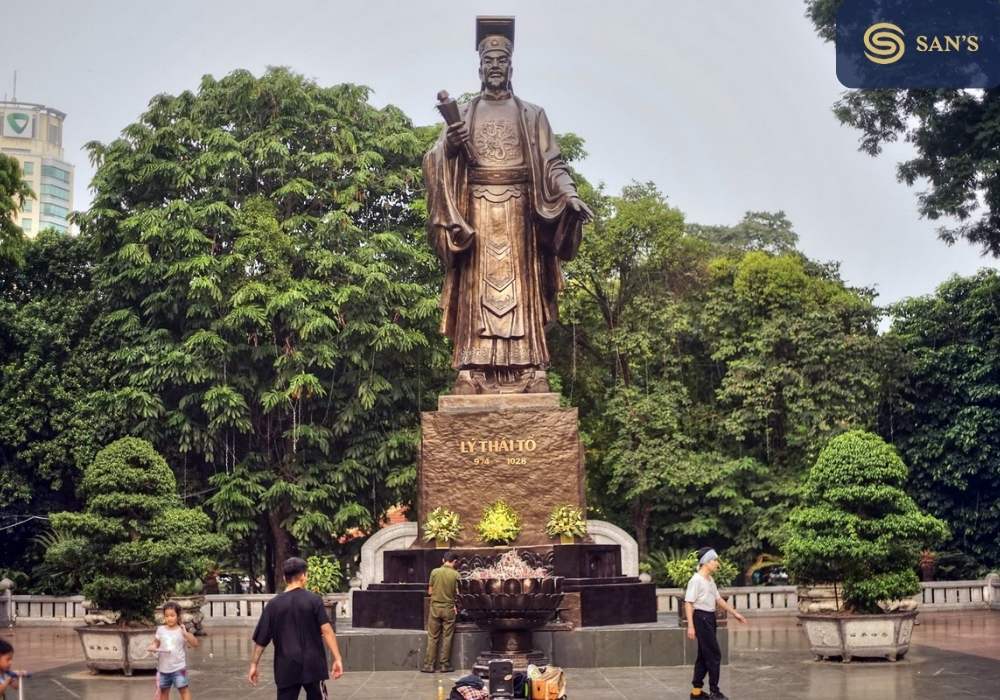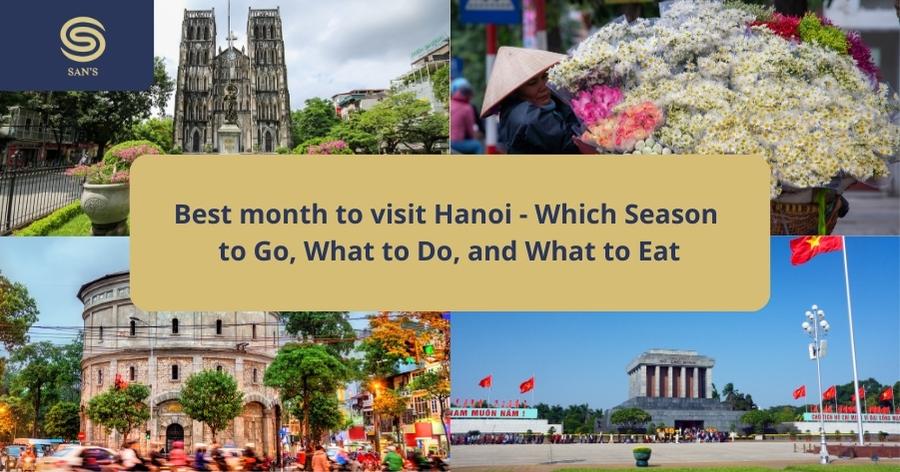Hanoi, the capital city of Vietnam, stands as a testament to the rich tapestry of history and culture that has shaped not only the city but also the nation. This article delves deep into exploring the historical sites in Hanoi, Vietnam, offering a comprehensive guide to the landmarks that embody the city’s enduring legacy.

From the ancient architecture that whispers tales of bygone eras to the vibrant cultural landmarks that continue to thrive in modern times, these sites form the cornerstone of Hanoi’s identity. Understanding the significance of these historical sites is essential, not only for appreciating Hanoi’s past but also for gaining insight into its present and future.
In this article, we embark on a journey through the streets of Hanoi, uncovering the stories and significance behind each historical site, and why they remain pivotal to understanding Vietnam’s rich cultural heritage.
The Historical Tapestry of Hanoi
The history of Hanoi is a vibrant mosaic of moments and movements that have shaped its current identity. From its ancient roots as a thriving center of commerce and culture in the Red River Delta, to its emergence as an imperial capital, and its transformation through various dynasties and colonial influences, each period has left an indelible mark on the city.
This rich history is vividly reflected in the myriad of historical sites in Hanoi, Vietnam, featured in this article.

These sites not only narrate the city’s journey from its inception to the present day but also mirror the evolution of Vietnamese society, culture, and architecture. By exploring these landmarks, we gain a profound understanding of how Hanoi has grown and developed over the centuries, with each era contributing a unique chapter to the city’s historical tapestry.
This article aims to provide a thorough insight into these historical sites, illuminating how they encapsulate the essence of Hanoi’s past and continue to influence its future.
Comprehensive List of Historical Sites

In this exploration of historical sites in Hanoi, Vietnam, as discussed in this article, we journey through an array of locations that are not only significant in terms of historical value but also rich in cultural heritage. Each site represents a unique chapter in the story of Hanoi, from its imperial past to its colonial encounters and beyond. This comprehensive list includes:

- Imperial Citadel of Thang Long – A symbol of Hanoi’s enduring legacy as a seat of power.
- Ho Chi Minh Mausoleum and Museum – Dedicated to the revered Vietnamese leader.
- Temple of Literature (Văn Miếu) – A testament to Vietnam’s scholarly traditions.
- One Pillar Pagoda (Chùa Một Cột) – An iconic Buddhist temple.
- Tran Quoc Pagoda – Among the oldest Buddhist temples in Hanoi.
- Hoa Lo Prison Memorial (Hanoi Hilton) – A poignant reminder of the struggles during war times.
- Long Bien Bridge – A historical bridge showcasing French colonial engineering.
- Hanoi Old Quarter – A bustling area reflecting the city’s history and commerce.
- Hanoi Opera House – A fine example of colonial architecture.
- St. Joseph’s Cathedral – A neo-Gothic structure from the French colonial era.
- Ba Dinh Square – A major historical and cultural landmark.
- Vietnam Military History Museum – Showcasing Vietnam’s military history.
- National Museum of Vietnamese History – Offering a comprehensive view of Vietnam’s past.
- Quan Thanh Temple – A Taoist temple with historical significance.
- Ly Thai To Park and Statue – Commemorating the founder of Hanoi.
- West Lake (Tây Hồ) – A significant natural and cultural site.
- Presidential Palace Historical Site – A colonial building with significant political history.
- French Quarter – Displaying the impact of French architecture.
- Ancient House at 87 Ma May Street – A preserved example of traditional Hanoi architecture.
- Dong Xuan Market – A historical market showcasing local trade and culture.
- Bach Ma Temple – One of the oldest temples in Hanoi.
- Vietnam Museum of Ethnology – Documenting the ethnic diversity and cultural richness of Vietnam.


These sites collectively contribute to the rich tapestry of Hanoi’s history, offering visitors and locals alike a profound insight into the city’s evolution over centuries. Through this article, we aim to highlight each of these landmarks and their unique stories, weaving together the narrative of Hanoi’s past and its enduring legacy.
Experiencing Hanoi’s History: Tips for Travelers
For those planning to visit the historical sites in Hanoi, Vietnam, as highlighted in this article, understanding the best times to visit and the cultural nuances is key to a fulfilling experience. This section provides essential tips for travelers to ensure they fully appreciate and respectfully engage with Hanoi’s rich historical tapestry.
- Best Times to Visit
- The ideal months to explore Hanoi’s historical sites are from September to November and from March to April, when the weather is pleasant with less rainfall.
- Early mornings or late afternoons are recommended to avoid the midday heat and to experience these sites in softer light, which also provides excellent photo opportunities.
- Be aware of national holidays and local festivals, as some sites might be exceptionally busy or closed during these times.
- Cultural Etiquette and Respectful Visiting
- Dress modestly, especially when visiting religious sites like temples and pagodas. This often means covering shoulders and knees and removing shoes where required.
- Show respect for the local customs and practices. This includes speaking softly, not touching artifacts or structures unnecessarily, and following any specific site rules.
- Photography is generally allowed, but it’s always polite to ask for permission before taking photos, especially of people or in sacred spaces.
- Be mindful of conservation efforts. Stick to designated paths and areas to help preserve these historic locations for future generations.

As we conclude our exploration of the historical sites in Hanoi, Vietnam, as detailed in this article, it’s essential to reflect on the importance of preserving Hanoi’s historical legacy. Each site we’ve journeyed through tells a unique story, contributing to the tapestry of Vietnam’s rich cultural and historical narrative. From the ancient halls of the Imperial Citadel of Thang Long to the bustling streets of the Old Quarter, these sites are not just tourist attractions; they are living chapters of history, each holding invaluable lessons and insights.
FAQs: Historical Sites in Hanoi, Vietnam
1. What are the must-visit historical sites in Hanoi, Vietnam?
- This article highlights several must-visit historical sites in Hanoi, Vietnam, including the Imperial Citadel of Thang Long, Ho Chi Minh Mausoleum and Museum, Temple of Literature, One Pillar Pagoda, and the Old Quarter. Each site offers a unique glimpse into the city’s rich history and cultural heritage.
2. Are there any UNESCO World Heritage Sites among the historical sites in Hanoi, Vietnam?
- Yes, the Imperial Citadel of Thang Long, mentioned in this article, is a UNESCO World Heritage Site and one of the most significant historical sites in Hanoi, Vietnam. It represents a remarkable piece of Vietnam’s history.
3. What is the best time of year to visit historical sites in Hanoi, Vietnam?
- As outlined in this article, the best time to visit historical sites in Hanoi, Vietnam is during the spring (March to April) and autumn (September to November) months, when the weather is mild and pleasant.
4. Is there an entrance fee for the historical sites in Hanoi, Vietnam?
- Most of the historical sites in Hanoi, Vietnam, discussed in this article, have an entrance fee. The fees vary depending on the site, and some places offer discounts for students and children.
5. Are guided tours available for historical sites in Hanoi, Vietnam?
- Yes, many of the historical sites in Hanoi, Vietnam offer guided tours. These tours can provide a more in-depth understanding of the history and significance of the sites, as highlighted in this article.
6. How can visitors show respect when visiting the historical sites in Hanoi, Vietnam?
- As recommended in this article, when visiting historical sites in Hanoi, Vietnam, visitors should dress modestly, particularly at religious sites, follow all local customs, and be mindful of the cultural and historical significance of the locations.
7. Can visitors take photographs at the historical sites in Hanoi, Vietnam?
- Photography is generally permitted at most historical sites in Hanoi, Vietnam, but it’s always best to check for any restrictions at each site, as mentioned in this article. Be respectful when taking photos, especially in religious or solemn areas.





